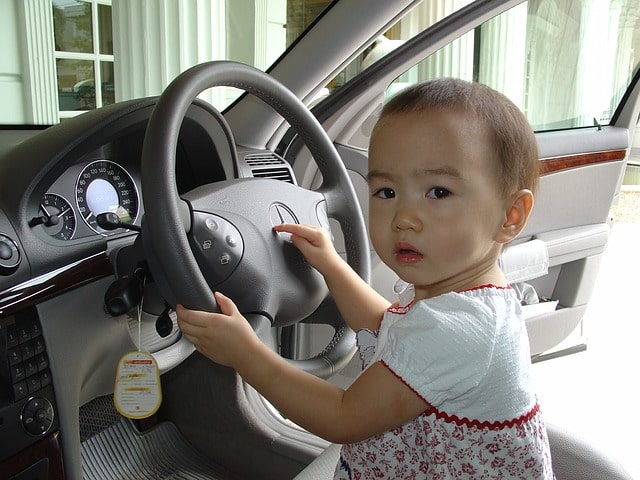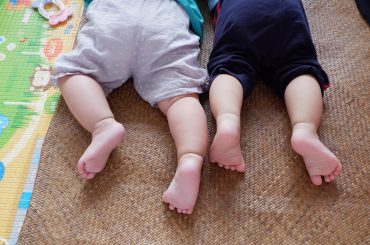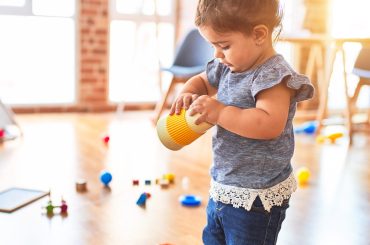Travelling with 2-month-old baby by car
This article will help you understand some important facts about travelling with 2-month-old baby by car. Compared to travelling with adults, travelling by car with a baby will take longer. Prepare for unexpected stops, such as to change nappies, and plan for frequent breaks, roughly one break every two hours.

Car seats should not be used for long periods of time by babies. Allow your infant to roll, kick, or crawl on a rug on the ground that is safe for them while you are making stops. Even if it means waking your baby, take them outside if they are asleep when you arrive. Never drive with your child unattended. If you are breastfeeding, remember to stop more frequently when the car is hot. Keep in mind that breastfeeding in a moving vehicle poses a risk.
Bring the powder and cooled, boiled water if your baby is on formula so you can make meals during the trip. You can also bring water and some simple snacks if your baby is on solids. Cover the window with a shade or a damp towel if the sun is directly affecting your baby. Your infant may have difficulty breathing if you use a hood over a capsule. To keep your baby occupied in the car, bring along some of their favorite books and toys.
If you’re going on a long trip, you might want to start with just one activity at a time to keep your baby interested for longer. If your baby stops being interested in the things he or she is used to, keep a few new things on hand. Your baby might also enjoy singing or listening to music for a while.
As long as your newborn does not have any complicated medical conditions, it is safe to drive them short distances, such as to local doctor’s appointments and around town for errands. Wait until the immune system is at least three months old for longer car rides of at least an hour. Your child cannot be secured in any vehicle, including taxis, in the United States. They must be in a car seat that has been approved and is suitable for their age and size. It varies by state in Mexico.

Children must be in a backseat car seat in Yucatan and the State of Mexico. However, there is no law requiring children to use a car seat in any of the other states, which include Chihuahua, Baja California, and up to 18 others. Consequently, you should check the local laws prior to travelling. Within the United Kingdom, children are not permitted to travel without a car seat unless there is an emergency or insufficient space for one.
A car seat with a five-point restraint system or harness and a rear-facing position is essential when travelling with a newborn in the car. The AAP has been in favor of vehicles that face the rear for a long time. These vehicles are now required by law in many countries and in some states in the United States.
This is due to the fact that frontal collisions, in which the entire vehicle is thrown forward, account for the majority of automobile accidents. For a newborn with limited muscle strength, this is dangerous. If you travel facing the rear, the impact’s force will be distributed throughout the entire back. An infant car seat will probably be your best option if your baby is premature or small because these seats can only hold 4 or 5 pounds. Babies typically need to be between 18 months and two years old before they are ready for the next seat up because their maximum weight is 30-35 pounds.
Due to the ease with which the majority of infant car seats can be removed from the vehicle (by simply clipping on and off a base that remains in the vehicle), it is simple to prepare the baby and secure all of the seats at home. Some of them can be attached to the top of strollers or pushchairs as part of a “baby travel system.”






